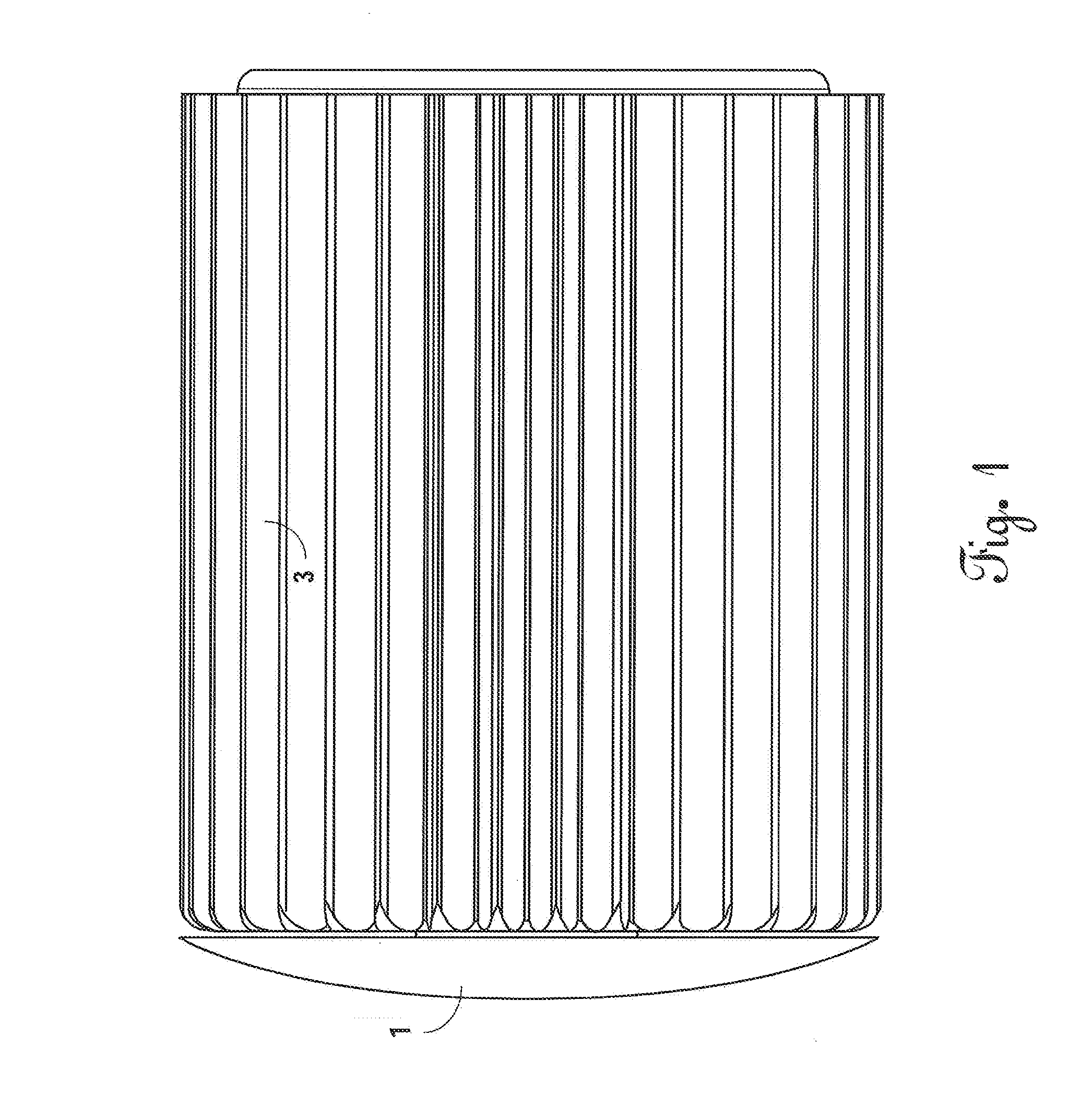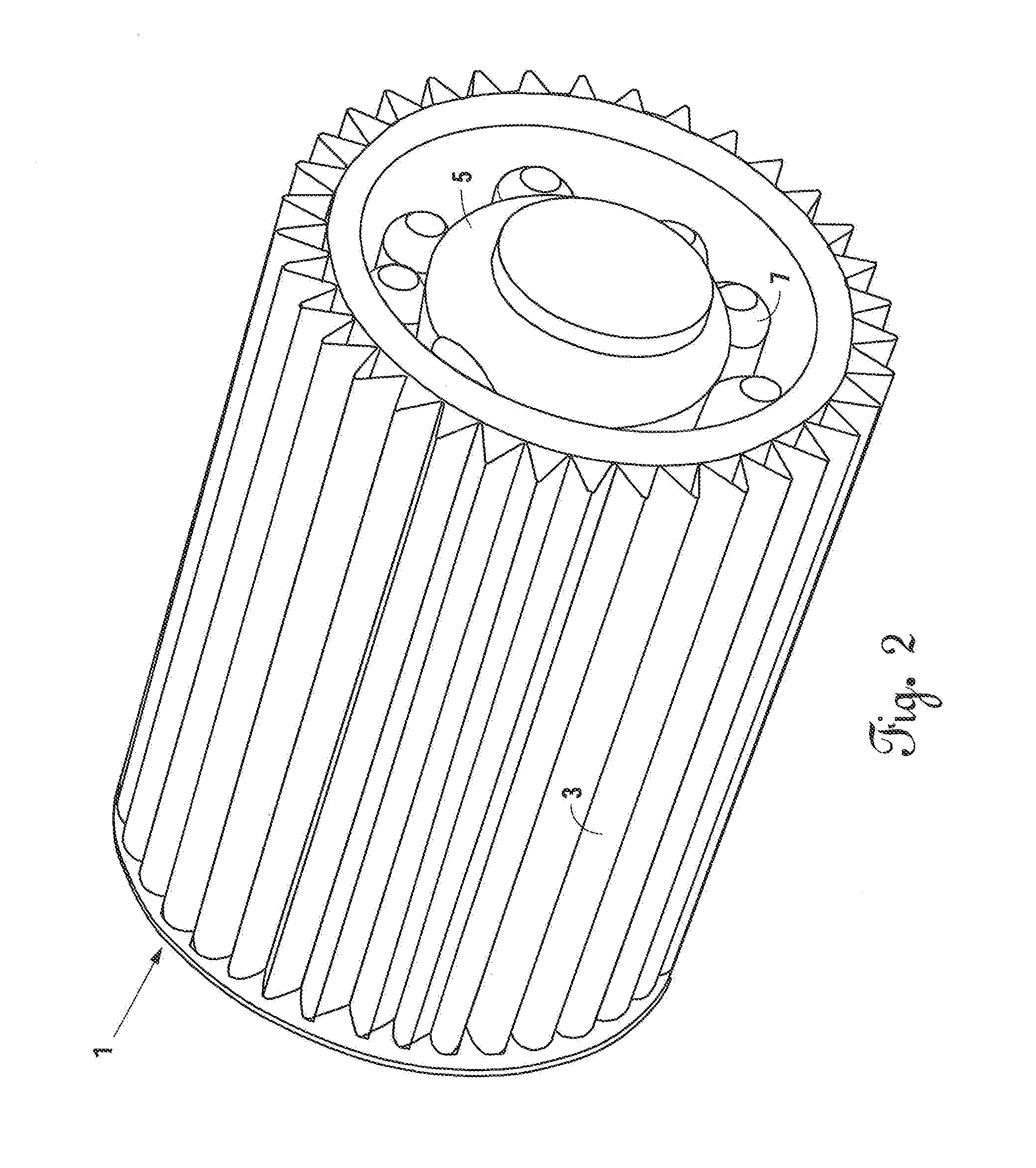System for Emergency Crew Return and Down-Mass from Orbit
a technology for emergency crews and orbits, applied in the field of low ballistic coefficients, can solve the problems of large landing footprints of such vehicles, significant influence on the severity of aerothermodynamics environment, and unfavorable large payload return to earth, and achieves the effects of reducing g-loading, high level of operation safety, and reducing g-loading
- Summary
- Abstract
- Description
- Claims
- Application Information
AI Technical Summary
Benefits of technology
Problems solved by technology
Method used
Image
Examples
Embodiment Construction
[0078]FIG. 1 shows a side view of one embodiment of the present invention in the stowed position or configuration. The present invention provides an extremely compact, lightweight, low ballistic coefficient, on-demand reentry system that is transported to orbit or other location where an on-demand or emergency reentry (or aerobraking) capability is needed. As such, the device will make maximum utilization of materials and systems that are able to be compacted into the least possible volume from which, when needed, can be reliably deployed in stages to their fully extended shape (See e.g., FIGS. 3-9 illustrating embodiments of the present invention in ready-for-reentry condition).
[0079]Deployment mechanisms include inflatable fabric, stretch fabric, composite materials, and other lightweight structures and mechanisms combined with stored actuating energetics (e.g., spring loaded mechanisms, stored compressed gas, gas generators, electro-mechanical servo actuators, shape memory alloys...
PUM
 Login to View More
Login to View More Abstract
Description
Claims
Application Information
 Login to View More
Login to View More - R&D
- Intellectual Property
- Life Sciences
- Materials
- Tech Scout
- Unparalleled Data Quality
- Higher Quality Content
- 60% Fewer Hallucinations
Browse by: Latest US Patents, China's latest patents, Technical Efficacy Thesaurus, Application Domain, Technology Topic, Popular Technical Reports.
© 2025 PatSnap. All rights reserved.Legal|Privacy policy|Modern Slavery Act Transparency Statement|Sitemap|About US| Contact US: help@patsnap.com



